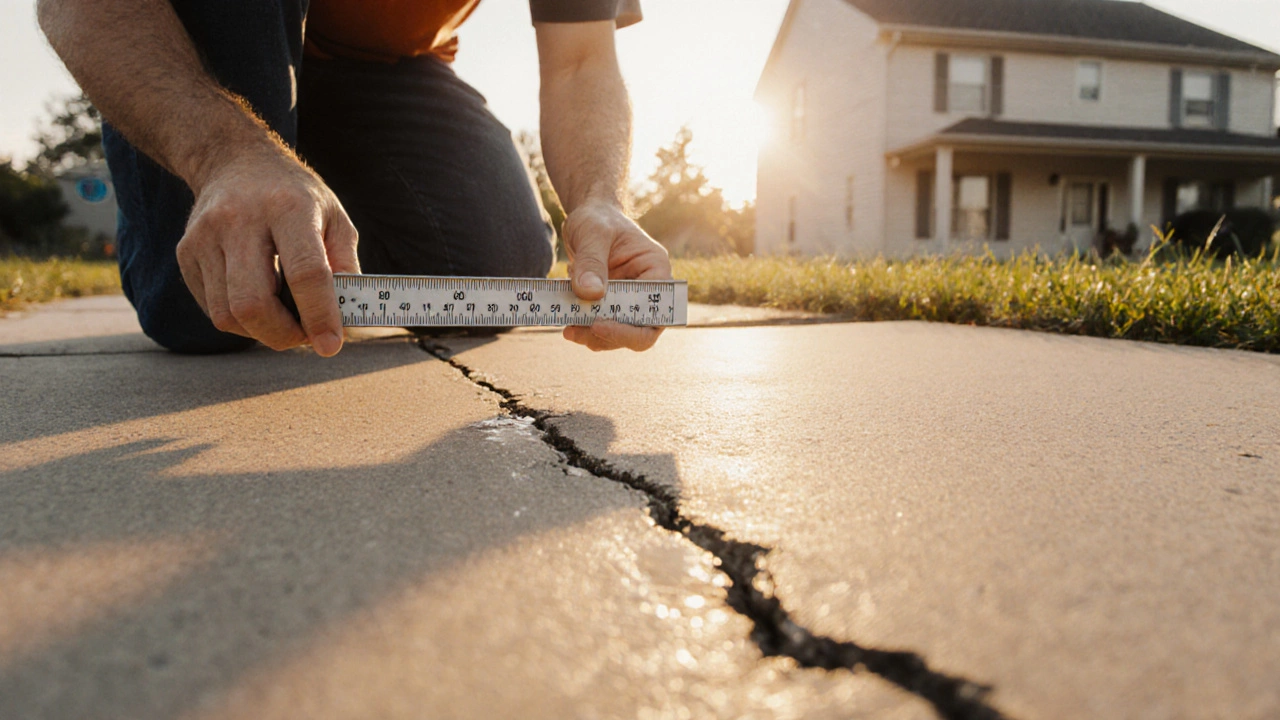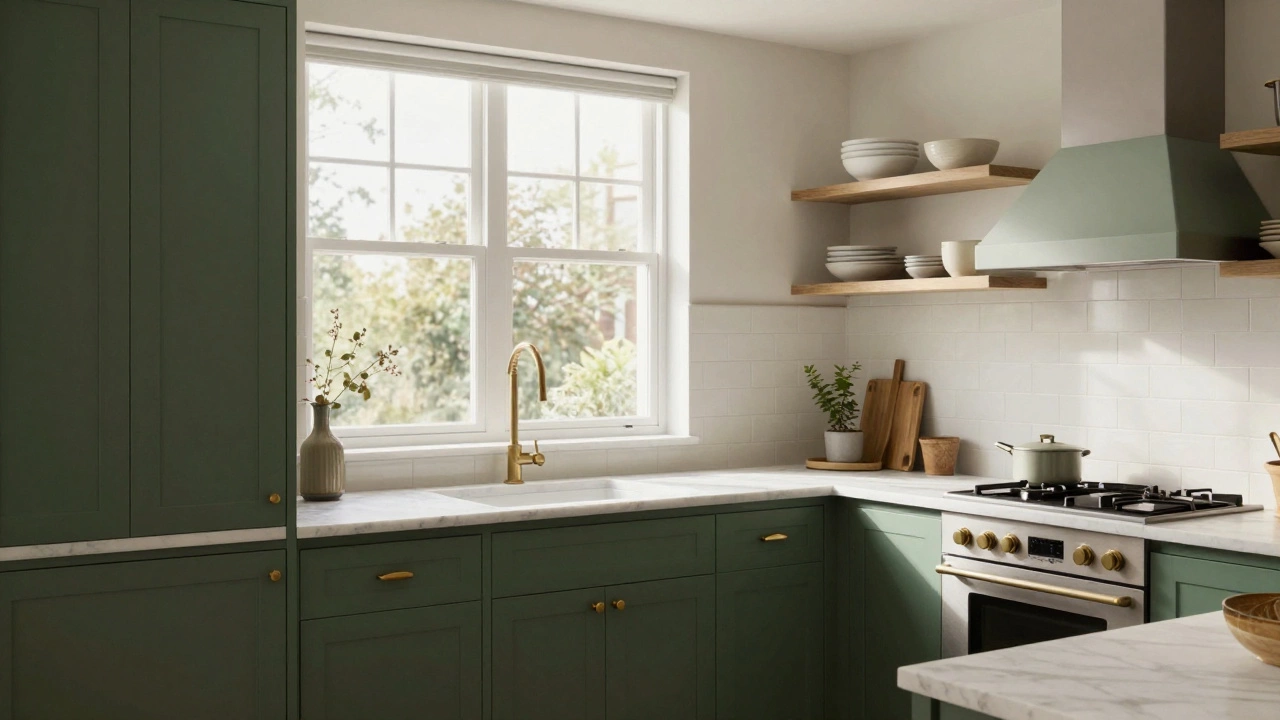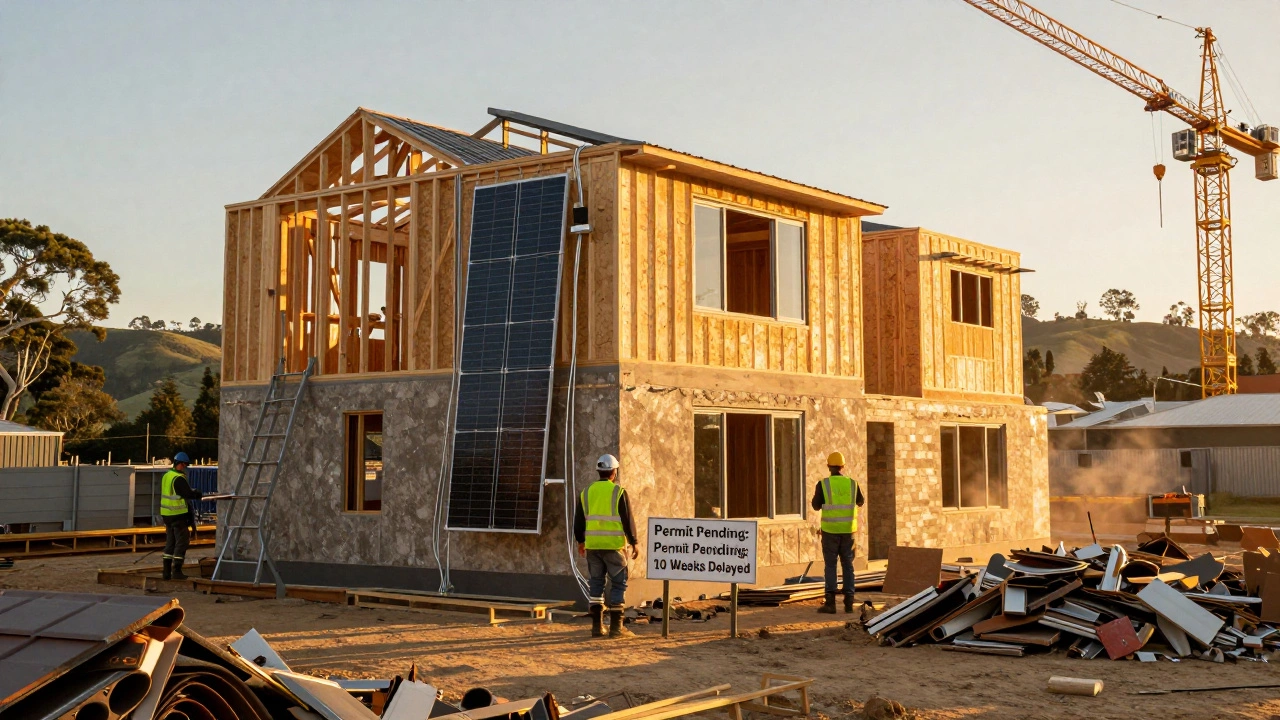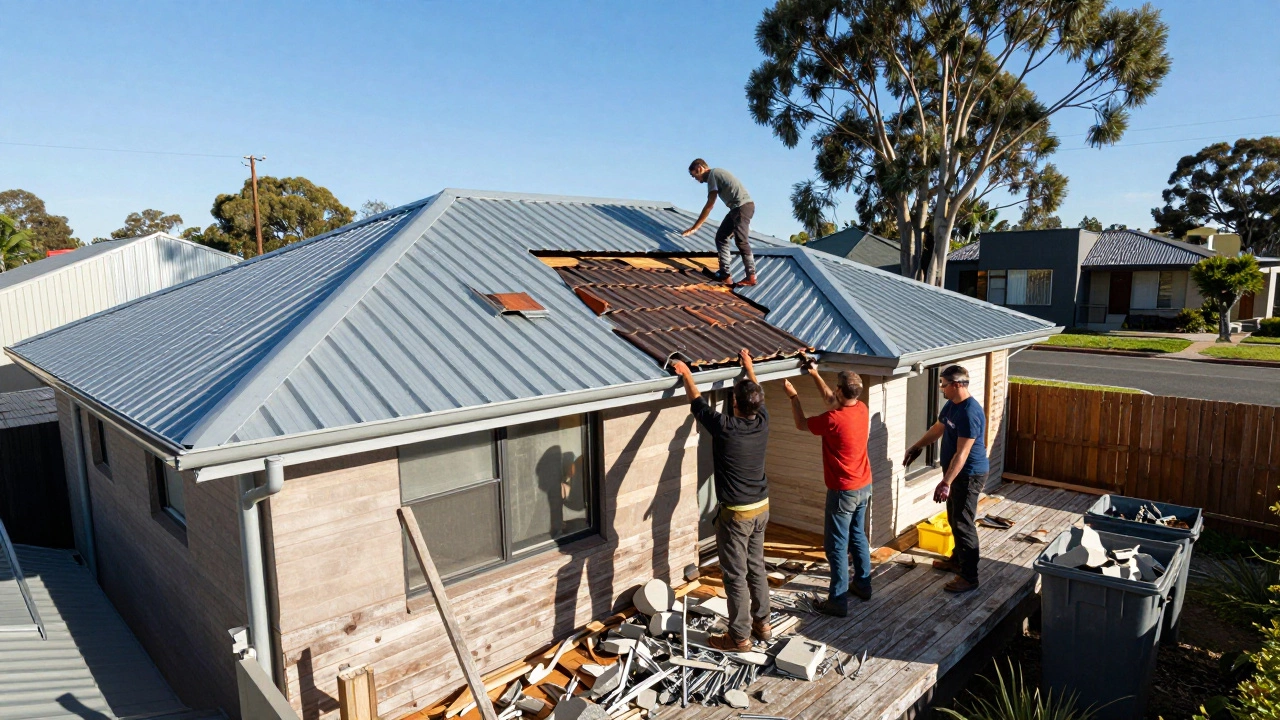Acceptable Foundation Cracks – What You Need to Know
When dealing with acceptable foundation cracks, cracks that are typical, non‑structural, and usually safe to monitor. Also known as minor settlement cracks, they often appear in new builds or after slight soil movement. Most homeowners panic at the first sign of a line in the wall, but not every crack means the house is at risk. In fact, horizontal foundation cracks, cracks that run parallel to the ground and can signal pressure from soil are a common type that, when narrow and stable, fall into the acceptable category. Knowing the difference between an acceptable crack and a serious structural problem saves you time, money, and sleepless nights.
How Experts Judge Acceptability
Assessing a crack starts with three key attributes: width, direction, and change over time. A crack under 0.3mm that stays the same after a few months is generally harmless. Foundation repair only becomes necessary when the crack widens, deepens, or shows signs of water ingress. Foundation repair, methods like epoxy injection, carbon fiber stitching, or underpinning that restore structural integrity is a last resort, not a routine maintenance task. Before jumping to costly fixes, most contractors will suggest a monitoring plan – mark the crack, photograph it monthly, and record any movement.
Soil behavior is the hidden driver behind most acceptable cracks. Expansive clays, seasonal moisture swings, and compaction issues cause the ground to shift just enough to create harmless settlement cracks. When the soil keeps moving, however, you might need soil stabilization, techniques such as piers, compaction grouting, or drainage improvements that limit future movement. The goal is to keep the foundation from experiencing additional stress that could turn an acceptable crack into a structural fault.
Water is another factor that often blurs the line. A crack that allows moisture to seep behind the wall can promote rot, mold, or freeze‑thaw damage, making the crack effectively unacceptable even if its size is small. In those cases, proper waterproofing, sealants, exterior membranes, and perimeter drainage systems that keep water away from the foundation becomes part of the solution. By addressing moisture, you protect both the crack and the surrounding structural elements.
All these pieces—crack dimensions, direction, soil dynamics, and moisture control—fit together in a simple decision tree. If a crack is narrow, static, and dry, it’s likely acceptable; monitor it. If it widens, shifts, or lets water in, bring in a professional for a detailed inspection and consider repair or stabilization. This framework lets you make informed choices without unnecessary panic.
Below you’ll find a curated set of articles that dig deeper into each aspect: from spotting horizontal cracks and understanding their warning signs, to DIY monitoring tips, to advanced repair and soil‑stabilization methods. Whatever stage you’re at—just noticing a crack or preparing for a major renovation—these resources will give you practical guidance to keep your home safe and sound.






